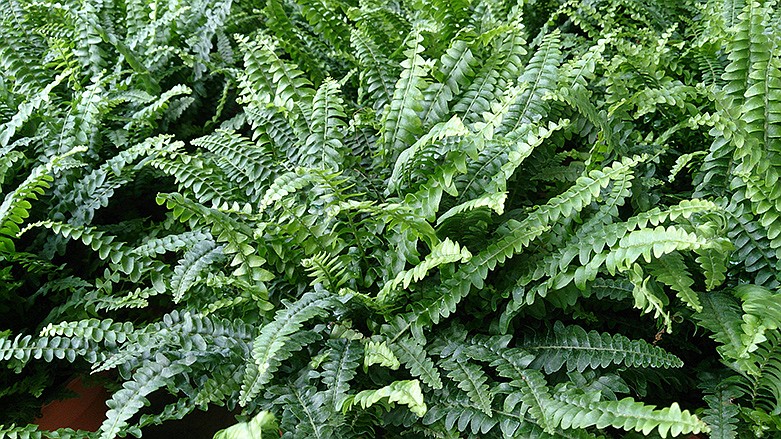In the aftermath of the Fukushima Daiichi Nuclear Power Plant meltdown in 2011, the nearby Buddhist Joenji temple took note of recovery efforts in Chernobyl, where fields of sunflowers were planted throughout the affected area. In Japan, they began planting sunflowers, field mustard, amaranthus and cockscomb.
Sunflowers and some of their fellow flora have the ability to absorb lead and heavy metals including arsenic, zinc, chromium, copper and manganese from the soil. It's a process called phytoremediation, a bioremediation technique that uses plants to reduce contaminants in the environment through the removal, transfer, stabilization or neutralization of toxins in the soil and groundwater.
The indoors may not seem such an obvious harbor of toxins and pollutants, but the Environmental Protection Agency says the air in our homes, schools and offices can "cause or worsen allergies, respiratory illnesses (such as asthma), heart disease, cancer and other serious long-term conditions." Ever hear of "sick building syndrome"? It's seemingly associated with time indoors, according to a study from the National Institutes of Health, and the symptoms are practically endless: headaches, throat irritation, fatigue, asthma attacks.
Some of the most common indoor air toxins hide in paints and floor waxes or are soaked into unsuspecting items around the house - harmful chemicals like formaldehyde, benzene and trichloroethylene.
But there is a sunny side. In 1989, NASA published an extensive study on houseplants to find the most effective ones to send into space to clean the air in space stations. In one station, scientists identified 107 volatile organic compounds in the air - all known irritants and some potential carcinogens - but houseplants were able to remove up to 87% in just 24 hours.
Here are some of our top picks.
* A variety of ferns are on NASA's "recommended" list, including the Boston fern which thrives in low light and high humidity, making it perfect for a bathroom. NASA found this plant to be among the top plants for removing formaldehyde - often found in cosmetics, antiseptics and cleaning agents - as well as xylene, which occurs naturally in petroleum but is also found in paint thinners, solvents, lacquers and paint removers.
The Kimberly Queen fern, meanwhile, requires a sunnier hangout. It is the perfect plant to hang by the entrance of the garage seeing that it also removes xylene, which is commonly found in vehicle exhaust.
* For homes with carpet, which may trap formaldehyde, xylene or toluene, commonly found in paints, lacquers and adhesives, the weeping fig can be a good addition. This small potted tree can live for over a decade and does not require direct sunlight.
* If you're looking for plants with more color, try placing flamingo lilies, Barberton daisies and chrysanthemums throughout your home. While the evergreen reds of the flamingo lily are toxic to animals, the blooms remove ammonia from the air. The deep orange Barberton daisy can easily be planted indoors but requires watch to ensure healthy growth so that it can tackle benzene and formaldehyde. And NASA discovered the blossoms of the mums to remove each toxin in the air it studied.
ADDED BENEFIT
Studies have proven that indoor plants improve concentration and productivity by up to 15%, reduce stress levels and boost mood.
Source: NBC News
